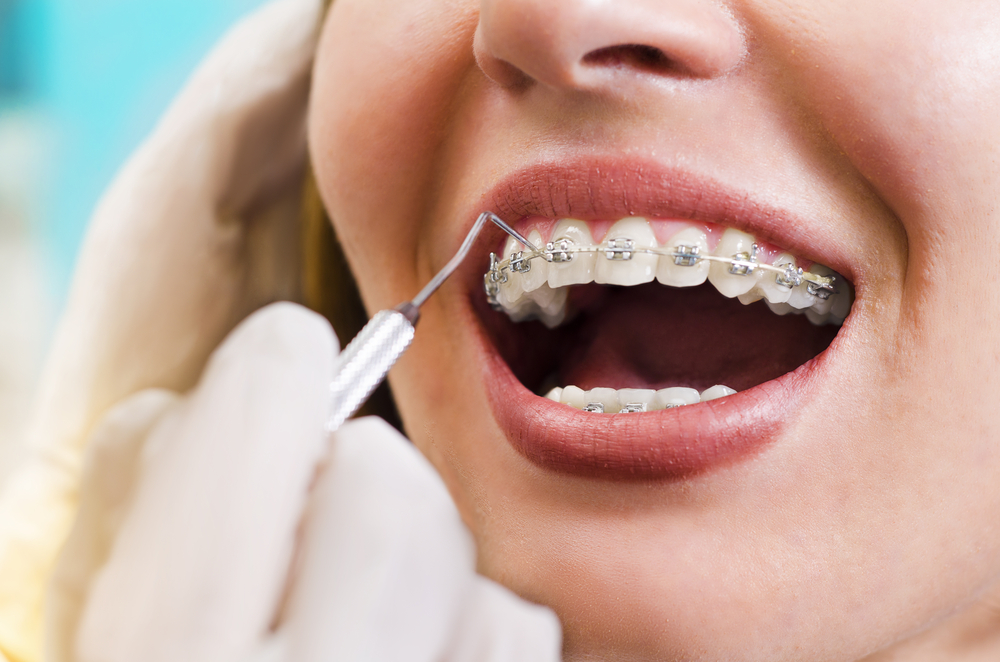
Good oral health is vital for overall good health. Unfortunately, misaligned teeth can increase the risk of tooth decay and gum disease. Malocclusion can make it difficult to chew, affecting the patient’s health.
While some people are born with straight teeth, others require dental treatment to create the perfect smile. Orthodontic care can help prevent or treat dental and jaw irregularities.
What Is an Orthodontist?
An orthodontist is a dentist with special training to diagnose and correct occlusions, overbites, and misaligned teeth and jaws. As well as correcting existing issues, an orthodontist can identify potential problems before they occur. To become an orthodontist, an individual goes through about 12 years of training, including the education required to become a dentist.
After completing dental school, orthodontists obtain specialty education in their field. It can be orthodontics or dentofacial orthopedics. After training, they may obtain board certification.
What Does an Orthodontist Do?
If not treated, teeth misalignment issues can lead to dental health complications. Orthodontists identify and treat teeth and jaw issues in children and adults. They often use removable or fixed dental devices to correct and change teeth position and improve the patient’s bite. The devices include retainers, braces, and bands. They help treat issues such as:
Crooked teeth
Crowded teeth
Overlapping teeth
Large spaces between teeth
Impacted teeth
Rotated teeth
Bite problems, such as underbites and overbites
Jaw misalignment
Who Needs Orthodontic Treatment?
The most common reason to visit an orthodontist is for misalignment or malocclusion. The hereditary condition occurs due to differences in the upper and lower jaw sizes or between the teeth and jaw. It can lead to a misshapen jaw, teeth overcrowding, or an irregular bite.
Dental specialists use braces or dental appliances to force the teeth to align. Patients with severe overbites or underbites may require surgery to shorten or lengthen the jaw. Dentists only recommend surgery after the patient has stopped growing and other options prove ineffective.
Benefits of Orthodontic Treatment
Orthodontic treatment can help correct severe dental issues. There are several benefits of dental techniques.
It can improve biting or chewing
It can improve the patient’s ability to speak
Help improve facial symmetry and enhance overall appearance
It can help create a healthy and beautiful smile
It can relieve pain due to temporomandibular joint disorders (TMJD)
It can make it easy to clean the teeth, preventing cavities or tooth decay
Results of Orthodontic Treatment
It is essential to follow treatment guidelines to ensure long-term results. The duration of treatment is different for each patient, depending on the procedure. It can take years for some patients and several months for others. The severity of the condition will determine the type of procedure and the results.
It is vital to maintain proper oral hygiene during orthodontic treatment. Cleaning around the dental appliances will help prevent cavities. If you wear retainers as instructed, your results can last your lifetime.
A dental exam will help determine if you are a good candidate for orthodontic treatment. If you have cavities or gum disease, you should manage the conditions before orthodontic treatment. It will help prevent severe consequences on your oral health.
For more information on orthodontists, visit Above & Beyond Dental at our Bedford, Texas, office. Call 817-571-1667 to schedule an appointment today.







